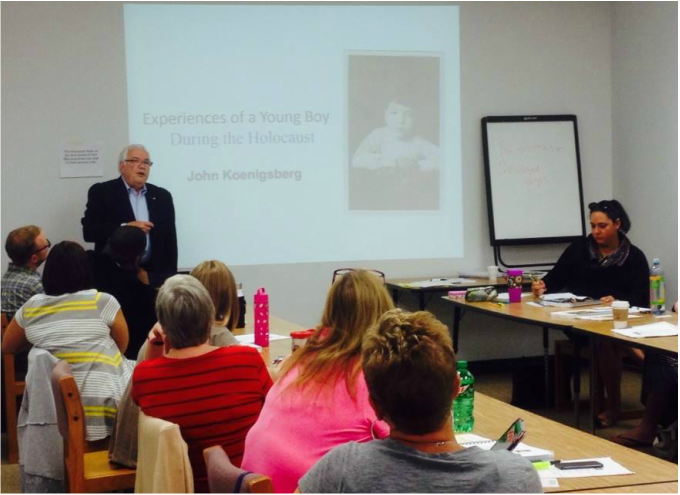Reflections and Collections for the 21st Century Social Studies Classroom
|
Echoes and Reflections, a leader in Holocaust education, provided a free, full-day workshop for teachers (English and Social Studies) in our district this week. Our presenter was Alexis Storch, Director of Education at the Center for Holocaust and Humanity Education in Cincinnati, Ohio. She was joined by powerful testimony from John Koenigsberg, a Holocaust survivor. Here are some of the key takeaways for me.
The Humanity of All
Agency and Choice
Propaganda and Prejudice
Telling the Stories
Your comment will be posted after it is approved.
Leave a Reply. |
Blog Categories
All
Blog Archives
August 2020
|

 RSS Feed
RSS Feed

6/3/2015
0 Comments